Did you know that there’s now an effective way to remove innocent moles, skin tags and unwanted raised blemishes without the need for sutures and with little-to-no scarring?
If you have raised spots that undermine your self-confidence or catch on your clothing, you might like to consider removing them using Radiofrequency ablation.
What is Radiofrequency ablation?
Radiofrequency ablation is an innovative technique for removing benign raised spots and may be carried out by a trained doctor or nurse.
We’ll begin the procedure by administering a small amount of local anaesthetic to the treatment area. Then, your doctor or nurse will use a small metal loop or probe to deliver gentle radio waves to the spot, which will dissolve the tissue they come into contact with – this is quite similar to putting a hot knife through butter and seeing the butter simply melt away. Once the mole or spot has been removed, we’ll smooth out the treatment area to ensure cosmetic result that often leaves no trace that there was ever anything there in the first place.
How long does Radiofrequency ablation take to heal?
Radiofrequency Ablation will leave a small graze, about the same size as the destroyed raised spot that has just been removed.
This graze should be kept covered and sealed until it has completely healed over with normal skin for optimal cosmetic results. The idea here is that we do not allow the area to dry out and scab, as this might result in a less favourable cosmetic outcome.
Typically, a lesion takes around one week to heal on the face, and up to two weeks elsewhere.
Usually the cosmetic results are excellent, and it is often impossible to tell where the original site was. However, it is possible, though rare, for a treated area to heal with a depression or slightly paler or darker than the surrounding skin.
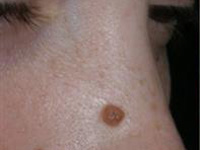
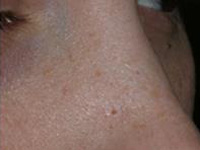
Is Radiofrequency ablation permanent?
Generally, Radiofrequency ablation results in the permanent removal of a mole or raised spot.
However, on rare occasions, an innocent raised spot can start to grow back in the weeks following treatment.
If this occurs, you should return for follow-up assessment. The doctor may choose to do a biopsy or may feel that it is completely safe to do another radiofrequency ablation treatment.
A word of warning
Unfortunately, skin cancers and melanomas can sometimes be very hard to detect with the naked eye. Skin cancers can come in many guises, occasionally appearing like a skin-coloured or pink small lump that can be easily mistaken for an insect bite or a pimple.
If there is any doubt that the lesion being treated is not benign, it must not be removed.
It is important that your doctor carry out a detailed skin check using an instrument called a dermatoscope to properly determine that the spot is not cancerous, before they remove it. If your doctor can not confidently confirm that the spot is indeed benign, it must be monitored or biopsied rather than destroyed.
Remember, if you have any skin spots that you’re unsure about, our highly-trained, caring team is here to help.

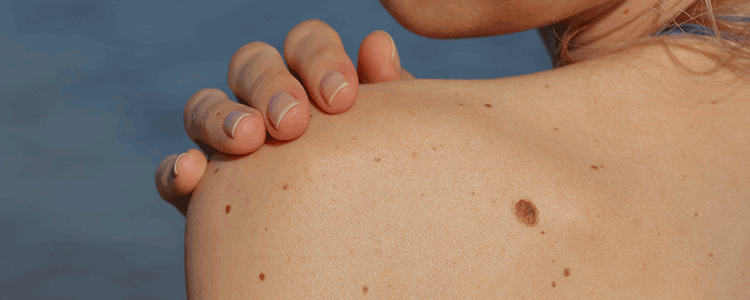
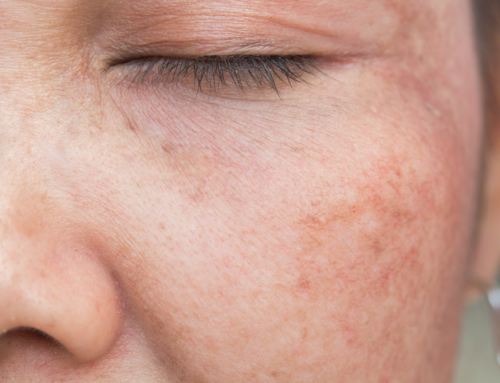
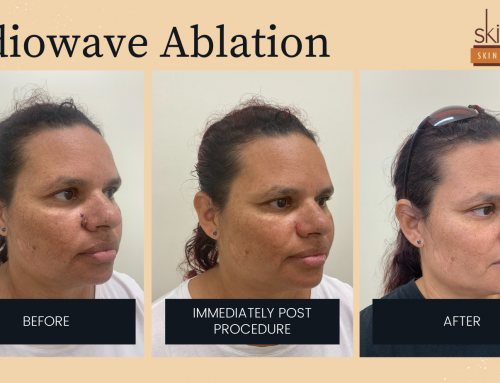
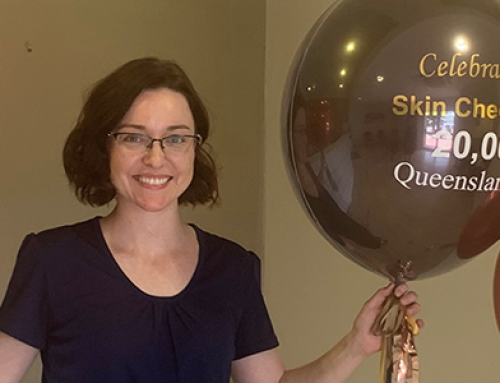

Leave A Comment
You must be logged in to post a comment.